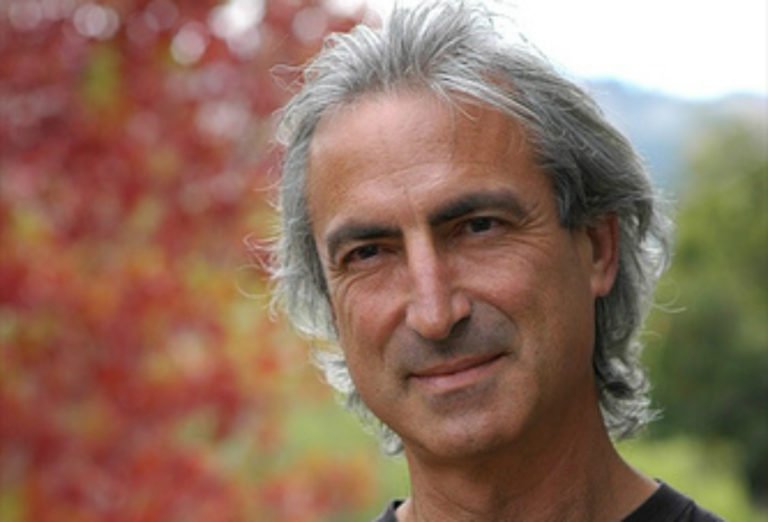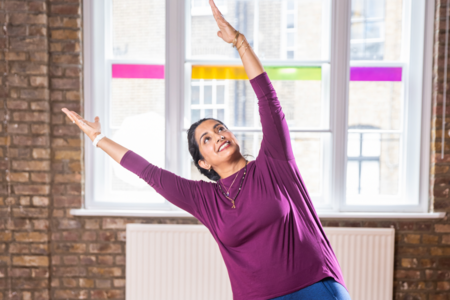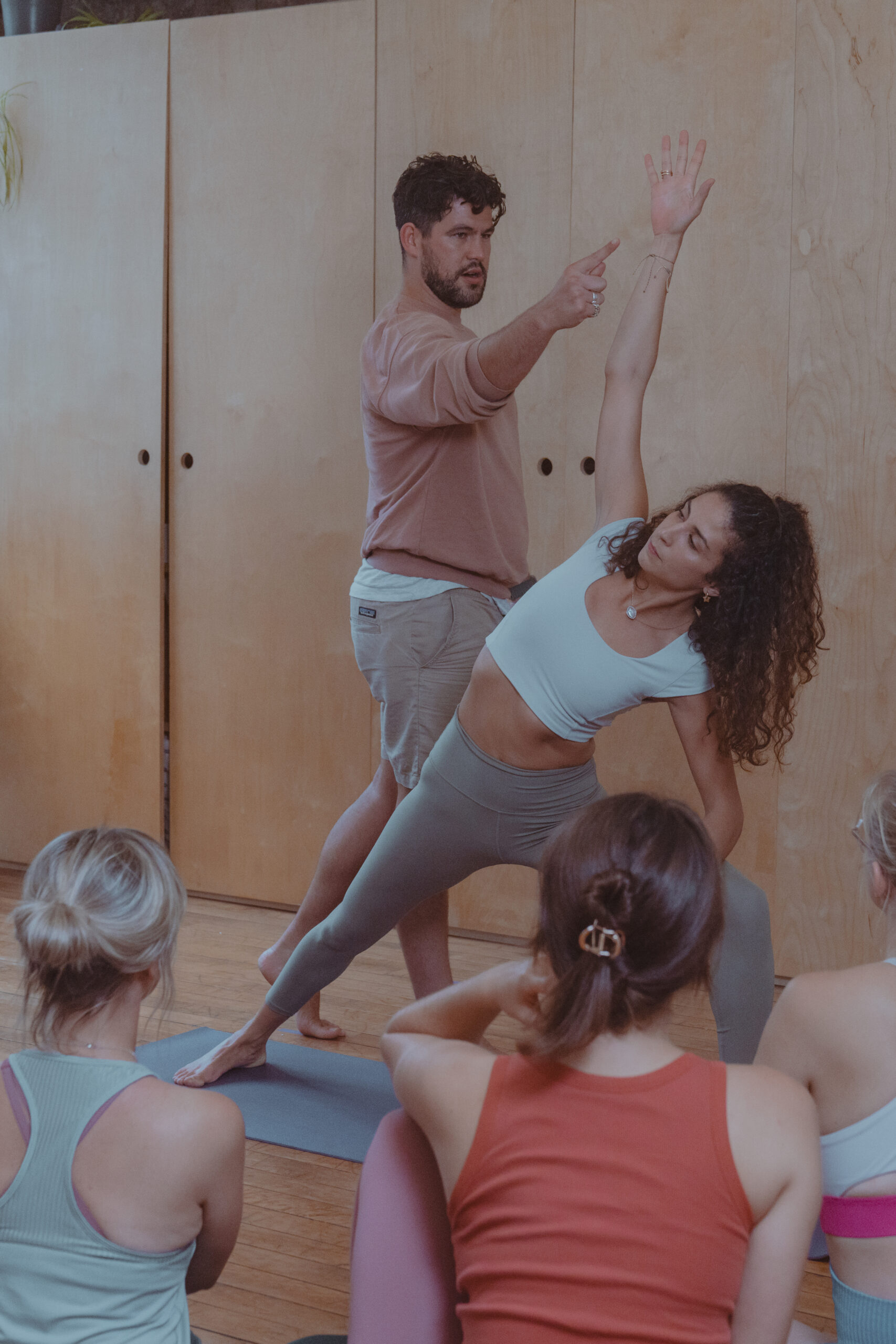Our contact with the ground ai the foundation for practice. Our feet and their arches form a foundational “vault”, just one of the body’s various domes and hollows that create a system of alignment, space and ease in the body-mind. Richard Rosen shares his insight into body’s domes and hollows ahead of his upcoming workshop.
DOME: A roof having a circular base and generally a hemispherical shape.
(Dictionary definition of a dome)
I believe it’s fairly well known that each of our feet has three arches, formally designated as the medial longitudinal arch, a lateral longitudinal arch, and the anterior transverse arch; that is to say, an arch along the inner foot, the outer foot, and across the foot from side to side. Together, these three arches form an extremely strong, supportive “plantar vault” that distributes the weight of the entire body.
If we stand then and bring our inner feet together, the two vaults join to form a dome which has a roughly hemispherical shape, that is to say a “half sphere bounded by a great circle.” Think of the Earth cut in half at the equator. This we’ll call the foot dome.
Next imagine a line of energy rising up on either leg, from the inner ankles to the inner groins, where the inner thighs meet the base of the pelvis (perineum). At that point, further visualise the bony bottom rim of the pelvis, the pelvic outlet, composed of the hip bones attached behind to the sacrum and joined in front at the pubic symphysis, forming a roughly circular shape. If we then imagine drawing the inner groins up into the pelvis, we’ll create there at the perineum a kind of dome, which we can “stack” over the feet dome. This we’ll call the perineal dome.
Next imagine the two lines from the inner thighs joining over the centre of the perineal dome and continuing up through the core of the torso. This line I call the imaginary or energetic spine, to distinguish it from the physical spine at the back of the torso.
That line, as it rises through the torso from the perineum, will soon come to the centre of the diaphragm at the central tendon. On either side of this line, the diaphragm forms a dome, higher on the right because of the presence of the liver, lower on the left to accommodate the heart. These domes can now be stacked over the lower two.
Now imagine you have a drone with a camera. Send it up and directly over the top of your head and look at yourself straight down from above through the camera. You may also have to pretend you can remove your head. Do you see it? If your shoulders are in a neutral position, and not slumped forward in a slouch, or drawn back military-style to artificially puff the chest, they make a dome, the collar bones and the shoulder blades equally broad across the upper front and back torso respectively. We can now stack the shoulders over the diaphragm.
The imaginary line continues to rise, passing through the throat and entering the oral cavity. At the roof of this cavity is the oral dome, comprised of the hard and soft palates. The soft palate can even be encouraged to dome slightly more, but that involves the “hollow” at the back of the neck, just below the occiput and the occipital protuberance. We’ll come back to this soon. In the meantime, this dome fits neatly over the shoulder dome.
Finally the line reaches the crown dome and the “cavity of brahma” (brahma randhra). If all the domes are aligned, the imaginary spine will exit the body through the brahma randhra and find its terminus about a foot above the head at the “end of the 12” (dvadashanta). From there it cascades down around us and back into the Earth, where once again it’s drawn up through the inner legs to the imaginary spine. And around and around it goes, most easily and powerfully when the six domes are properly stacked one atop the other.
There are other domes as well. The palms, when the hands are pressed to the floor are domes, or should be. Too often the palm domes are flattened on the floor by heavy hands, or distorted when the weight of the arms falls mostly on the bases of the palms. The weight on the hand should press fairly evenly around the circumference of the palm, with a slight emphasis on the base of the index finger to assure the slight inward rotation that strengthens the forearm.
The armpits are domes, and they’re especially evident when the arms are raised over head. Quite often in Down Dog these domes are flattened, one source of distorted palm domes. The yogi rightly firms her scapulas against her back, but mistakenly doesn’t counter that downward push with an opposing upward lift of the humerus heads into the scapulas. The armpit dome in this position should deepen, narrow, and lengthen, as it will also in poses like arm and forearm balances.
But the armpits are domes even when our arms are beside our torso. They provide a means to monitor the shoulder dome. If the domes skew forward, that usually means we’re overly contracting the scapulas, and if they skew backward, collapsing the clavicles, we’re probably slumped over a computer. When sitting for breathing or meditation, the neutral armpits deepen on the inhale, making it seem as if the elbows are lengthening down toward the floor.
Beside the domes, there are hollows too. The base of the skull at the back of the neck makes a hollow, as do the backs of the knees, the inner elbows, and the chest just above and just below the sternum. All of these hollows should deepen, save one, the hollow at the bottom of the sternum. The hollow at the bottom sternum should puff out of the chest on an inhalation (IN), even as the throat hollow at the top of the sternum above deepens. There are hollows in the face, such as the nostrils and the eye sockets. There’s also a secret hollow at the bridge of the nose between the eyebrows.
If you’re interested in working with these domes and hollows in a class setting, Join me at my workshop on Thursday 28 January.










